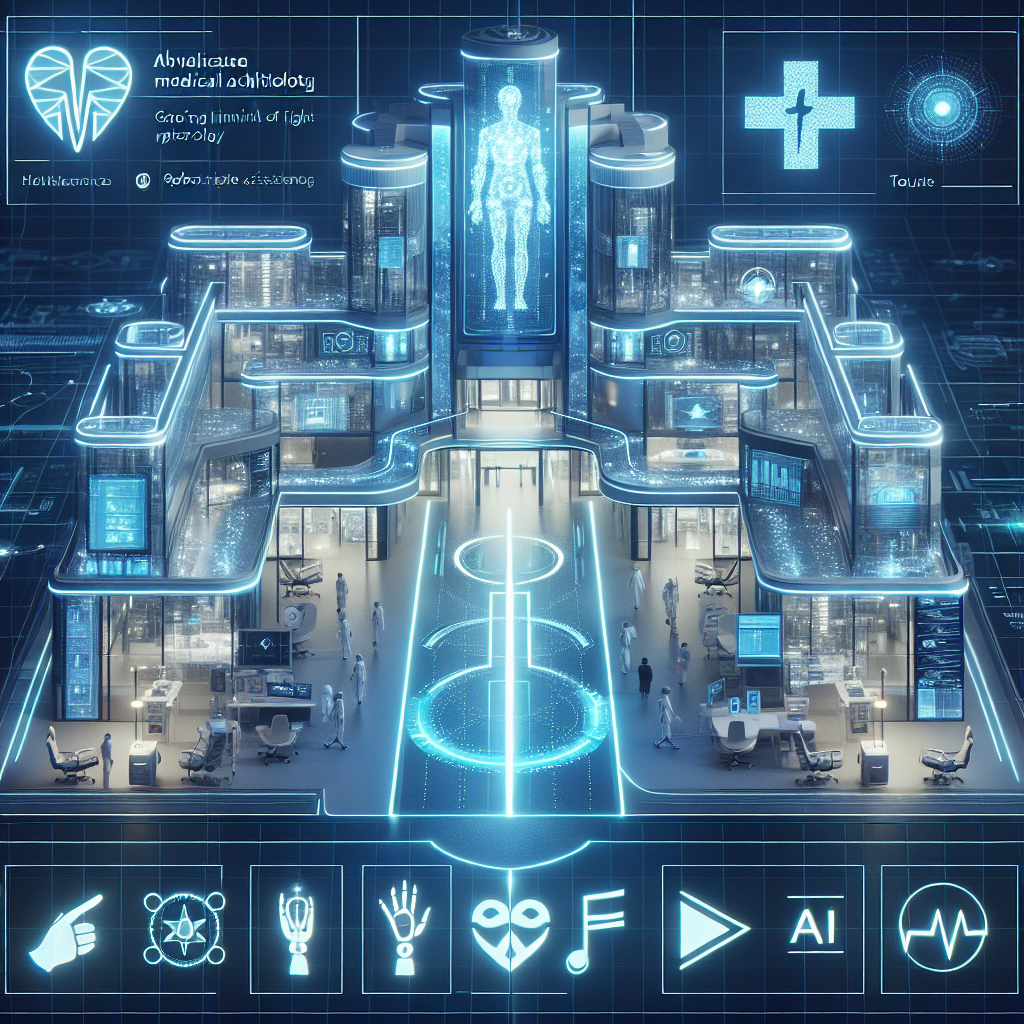The Future of AI in Healthcare Architecture
Artificial Intelligence (AI) is transforming the healthcare industry in many ways, from improving patient care to streamlining administrative tasks. In recent years, AI has been increasingly used in healthcare architecture to design smarter, more efficient healthcare facilities. This trend is expected to continue in the future, as AI technology becomes more advanced and healthcare facilities strive to provide better care for patients.
AI in healthcare architecture can help designers create spaces that are more patient-centered, efficient, and cost-effective. By using AI-powered algorithms, designers can analyze data on patient flow, staff movement, and equipment usage to optimize the layout of a healthcare facility. This can lead to better patient outcomes, reduced wait times, and improved workflow for healthcare providers.
One of the key benefits of using AI in healthcare architecture is the ability to design facilities that are more adaptable to changing healthcare needs. With the rapid advancements in medical technology and the evolving needs of patients, healthcare facilities need to be able to quickly adapt and reconfigure their spaces. AI can help designers create flexible and modular designs that can easily be modified to accommodate new technologies or changes in patient care practices.
Another important application of AI in healthcare architecture is in the design of sustainable and environmentally friendly healthcare facilities. By using AI algorithms to analyze factors such as energy usage, waste management, and indoor air quality, designers can create buildings that are more energy-efficient, reduce waste, and promote a healthy environment for patients and staff.
In the future, AI is expected to play an even greater role in healthcare architecture, with advancements in technologies such as machine learning, virtual reality, and 3D printing. These technologies will allow designers to create more personalized and immersive healthcare environments, tailored to the specific needs of patients and healthcare providers.
FAQs
Q: How is AI currently being used in healthcare architecture?
A: AI is currently being used in healthcare architecture to optimize the layout of healthcare facilities, analyze patient flow, and design sustainable and environmentally friendly buildings.
Q: What are the benefits of using AI in healthcare architecture?
A: The benefits of using AI in healthcare architecture include improved patient outcomes, reduced wait times, better workflow for healthcare providers, and the ability to create flexible and adaptable healthcare facilities.
Q: How will AI impact the future of healthcare architecture?
A: In the future, AI is expected to play an even greater role in healthcare architecture, with advancements in technologies such as machine learning, virtual reality, and 3D printing. These technologies will allow designers to create more personalized and immersive healthcare environments.
Q: What are some challenges of using AI in healthcare architecture?
A: Some challenges of using AI in healthcare architecture include the need for data privacy and security, the potential for bias in AI algorithms, and the need for ongoing training and education for designers and healthcare providers.
Q: How can healthcare facilities prepare for the future of AI in healthcare architecture?
A: Healthcare facilities can prepare for the future of AI in healthcare architecture by investing in AI technology, training their staff on AI applications, and collaborating with designers and architects who have expertise in AI and healthcare design.

